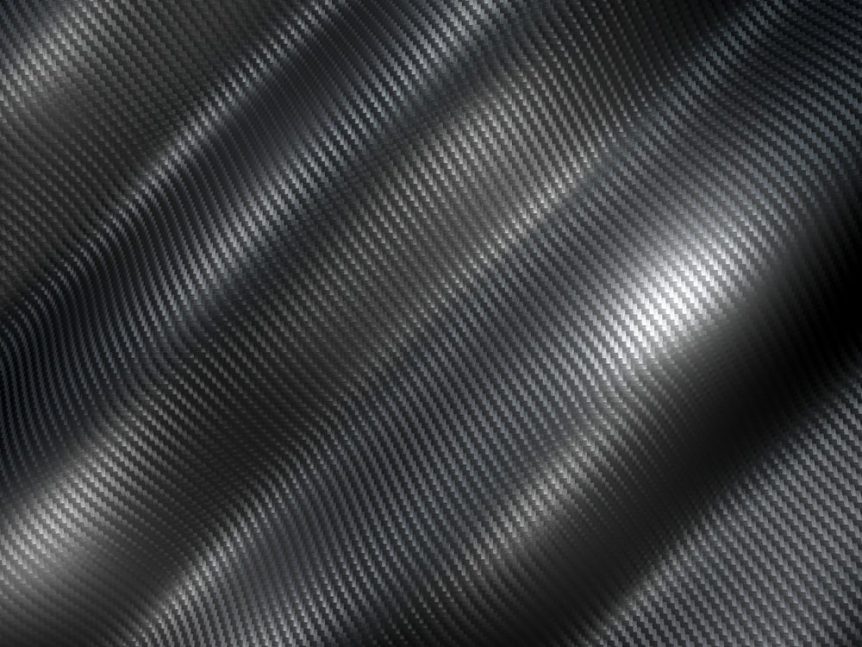Contrails are the trails of condensed water vapor that follow an airplane at a high enough and cold enough altitude. They became a visible presence in World War II and were part of newsreels of allied bombers hitting Germany and dog fights over the English countryside. There was more than just an aesthetic side to the new, high clouds in the sky, though. Post-9/11 During the attacks on September 11, 2001, FAA controllers, “Did the only thing they could think of to try to control the situation: ordering every aircraft in U.S. airspace, about 4,000 of them, to land somewhere, anywhere, immediately.” “Canadian officials followed. Airports in Atlantic Canada quickly filled with thousands of bewildered people who had been flying west across the Atlantic from Europe, but found themselves stranded in Goose Bay, Labrador or Stephenville, [Newfoundland].” Following this mass grounding, an observable cooling took place. Andrew Carleton, a geographer at Pennsylvania State University recalled his observations at the time. “I remember walking …
Carbon Fiber and the Grand Unified Airplane
Your editor has long held the belief that we are on the threshold of creating a Grand Unified Airplane, a craft that would draw all its energy from solar cells, the flexing of its wings, the air passing over its form, and the very act of flight itself. It seems to become less of a science fiction ideal and more of real-world possibility every day. Carbon fiber could be part of that possibility. What if your airplane were its own battery? Think of the weight savings and potential endurance and range. Your editor became fascinated with 2010 research done by Dr. Emile Greenhalgh of Imperial University in London, who developed a structural sandwich with carbon fiber outer layers and a fiberglass core. It could be used for body panels on a car, inspiring Volvo to become involved and proceed with initial tests. Since those early tests, other researchers have duplicated and expanded the research, with Dr. Leif Asp of Chalmers …
Running a Mile in Very New Shoes
The Lola-Drayson LeMans Prototype (LMP) did not make it to this year’s LeMans race at the Sarthe track, but did make its racing debut at another prestigious motorsports event – the Goodwood Festival of Speed Hill Climb in England. Nowhere near as long or treacherous as America’s Pikes Peak event, the race is a good test of acceleration, handling and sheer power, which the car displayed with great style. http://www.youtube.com/watch?v=sd-vAq4IDRA Lord Paul Drayson, a former science advisor to the Crown, drove the B12/69EV, a car crammed with new technologies, many of which have been reported on in this blog, and which have potential applications in aircraft. He also set a new record for electric cars in the climb, doing a timed run of 53.91 seconds and placing 11th overall in the July 1 run. Goodwood’s hill climb is only 1.86 kilometers (1.16 miles) with a mere 9 turns, and the fastest official time up the slope was the 1999 McLaren …
Combining the Best of Batteries and Supercapacitors
The CAFE Blog has been tracking developments in batteries and supercapacitors for nearly the last two years, and the annual Electric Aircraft Symposia have attracted speakers on a wide range of innovations in these areas. Gizmag reminded us this week how much all of this may soon affect the ability of energy storage and power devices to change our world. Their report highlighted work on an energy storage system that combines the energy capacity of batteries with the power density and quick recharging capabilities of capacitors being done at Rice University, and linked that to research at the University of Illinois by Dr. Paul Braun on creating faster charging batteries with higher energy densities than currently possible. Gizmag then did a callback to something covered earlier by CAFE, the use of structural panels in electric vehicles as energy storage devices. Both researchers pointed to the big disappointment in electrical devices – batteries. They are either short-lived in their application or take …
Two Great (Mostly) Gasless Road Trips
A group of Italian engineers is embarking on a 13,000 kilometer (8,000 mile) road trip from Italy to Shanghai, China, retracing Marco Polo’s route. The vehicles are central to this adventure, though – two pairs of bright orange Piaggio Porter vans, (mostly) driverless and running on stored electricity and sunlight. With sensors and cameras nestled under their solar panel roof racks and control by a Vislab system, the two pairs of vehicles will be as autonomous as possible, even though a human will be in the driver’s seat to take over in an emergency and another technician will be on board to help with repairs. Another pair of guide vehicles will lead the way for each pair of autonomous vehicles, and several other support vehicles will follow along. The caravan won’t be much faster than Polo’s animal transport, traveling a maximum 50 to 60 kilometers per hour (32 to 37 miles per hour). The Piaggios can travel tw0 to three hours before needing an eight-hour …


